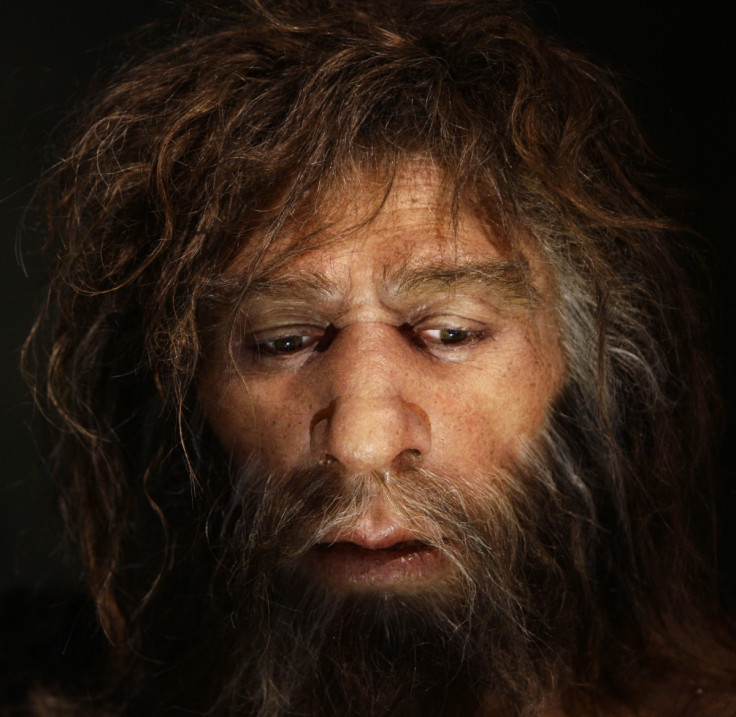Neanderthals Bred with Ancestors of Modern Humans, Gene Analysis Proves

A genome analysis method has confirmed Neanderthals interbred with the ancestors of modern Eurasian humans.
Researchers at the University of Edinburgh ruled out the theory that humans who left Africa evolved from the same ancestral population that gave birth to Neanderthals. Instead, it was more likely that Neanderthals occasionally interbred with modern humans after they migrated from Africa.
According to the journal Genetics, information was taken from one genome each of several types: Neanderthal, European/Asian, African and chimpanzee. The genomes were divided into smaller blocks for an enhanced examination of their structure and revealed evidence that Neanderthals were likely to have interbred with modern human ancestors.
Konrad Lohse, co-author of the study and a population geneticist at the University of Edinburgh, told Science Daily: "Our approach can distinguish between two subtly different scenarios that could explain the genetic similarities shared by Neanderthals and modern humans from Europe and Asia."
Originally, the method was developed to examine the history of insect populations in Europe and island species of pigs in southeast Asia.
Mark Johnson, the editor-in-chief of Genetics, said the study "closed a hole in the argument" over interbreeding. He added: "The method can be applied to understanding the evolutionary history of other organisms, including endangered species."
Laurent Frantz, study co-author and evolutionary biologist at Wageningen University, told University Herald that the study findings might change people's perception of evolution.
Frantz said: "There have been a lot of arguments about what happened to these species. Some think that we outcompeted other hominins, or that they were killed by humans, but now we can see that it's not that simple.
"Human evolution is much more complex than we previously thought."
He told Headlines and Global News: "We did a bunch of math to compute the likelihood of two different scenarios. We were able to do that by dividing the genome in small blocks of equal lengths from which we inferred genealogy."
© Copyright IBTimes 2025. All rights reserved.






















